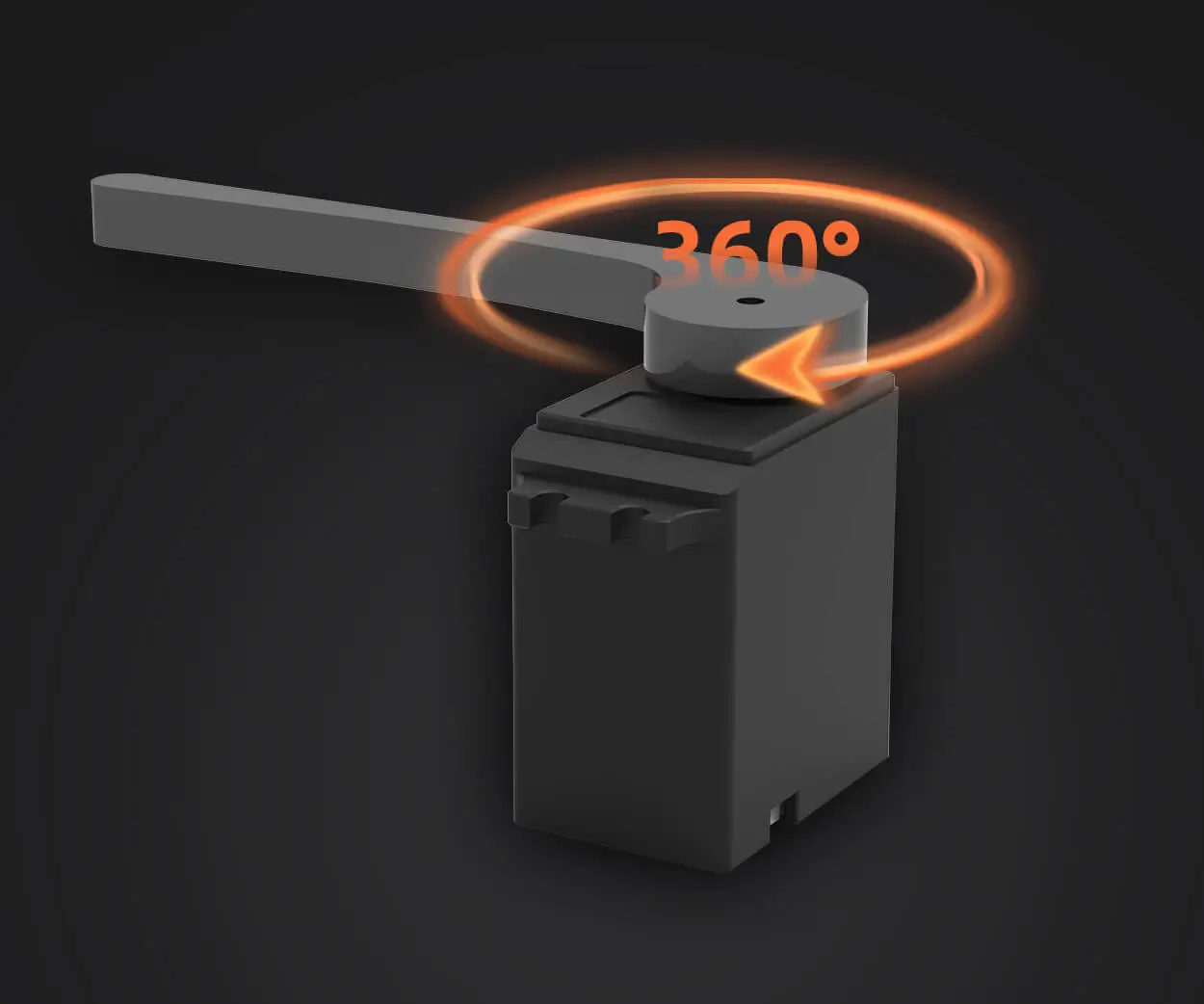Introduction: Embracing the Cool and Warm Convenience of Daikin Inverter Remote Controls
In a world where comfort is king, having a reliable and easy-to-use air conditioning system can transform your living space into a sanctuary of relaxation. Daikin, a name synonymous with innovation and quality in HVAC technology, offers inverter air conditioners that not only provide efficient climate control but also come with user-friendly remote controls. Mastering this remote is akin to unlocking a universe of customizable comfort—whether adjusting temperature, setting modes, or scheduling your environment to perfection.

This guide is designed to demystify the Daikin inverter remote control, helping you navigate all its features with confidence. Whether you're new to Daikin or looking to optimize your system, understanding the remote's functions elevates your ability to create the ideal indoor climate effortlessly.
Understanding the Remote's Layout and Basic Functions
First, familiarization is key. The remote control for Daikin inverter units is thoughtfully organized to make operation intuitive. While models may vary slightly, the core elements tend to be consistent. Here's a general overview:
Power Button: Usually prominently placed at the top or center, this button turns your unit on and off. Mode Selection: Allows you to choose between cooling, heating, fan-only, drying, or auto modes. Typically represented by symbols such as snowflake, sun, fan, or auto. Temperature Adjustment: Usually marked with “+” and “−” buttons, these allow you to set your desired indoor temperature precisely. Fan Speed: Adjust the airflow speed from low, medium, high, to auto. Swing (Air Flow Direction): This controls the direction of the air; some models have manual controls, others have automatic swing. Timer Functions: Enable scheduling of your AC to turn on or off at specific times. Additional Features: These may include quiet mode, energy-saving options, or special modes like "powerful" or "eco," often represented by icons or specific buttons.
Before diving into detailed instructions, ensure the remote’s batteries are fresh for optimal responsiveness. Insert new batteries, typically AA or AAA, as indicated. Once powered, familiarize yourself with the core buttons.
Getting Started: Turning On and Selecting Basic Modes
To power up your Daikin inverter:
Press the Power Button: Located at the top for easy access. You should see the display screen light up or hear a click.
Select Your Desired Mode:
Press the Mode button repeatedly or directly select from available mode buttons to switch between: Cooling: Snowflake symbol Heating: Sun symbol (if your model supports heating) Fan: Fan icon Dry (Dehumidify): Water droplet icon (sometimes combined with other modes) Auto: A cycle icon that automatically adjusts between heating or cooling as needed Set Your Ideal Temperature: Use the Temperature Up (+) and Temperature Down (−) buttons. The display will indicate your selected temperature, typically ranging from 16°C to 30°C, depending on your model. Adjust Fan Speed: Find the Fan Speed button and select your preference: Auto: The unit adjusts based on ambient conditions. Low, Medium, High: For manual control over airflow. Silent/Eco modes: Some models have special options for quiet and energy-efficient operation.
Understanding the Display and Indicators
Most Daikin remote controls have a digital display showing current settings:
Temperature readout Mode indicator Fan speed icon Timer status Swing function status
Keep an eye on these to verify your selections. Some advanced remotes also show operational status or error codes, which are invaluable when troubleshooting.
Default Settings and Resetting the Remote
If you ever need to reset the remote to factory settings:
Remove the batteries. Press and hold any button for about 10 seconds. Reinsert the batteries.
This can resolve minor glitches, but consult your specific model manual for detailed instructions.
Maintaining Your Remote Control
A simple tip to ensure longevity:
Clean the remote’s surface regularly with a soft, dry cloth. Avoid exposing the remote to moisture or extreme temperatures. Keep batteries fresh to prevent connectivity issues.
Troubleshooting Common Remote Control Issues
Remote unresponsive: Replace batteries, ensure no obstructions between remote and indoor unit sensor, and verify the remote's signal is functioning. Unit doesn’t respond to remote: Check for interference from other electronic devices or reset the remote. Error codes: Refer to your unit's manual. Common issues include filter alerts or sensor errors that might require maintenance.
Leveraging innovations in modular drive technology, Kpower integrates high-performance motors, precision reducers, and multi-protocol control systems to provide efficient and customized smart drive system solutions.




































